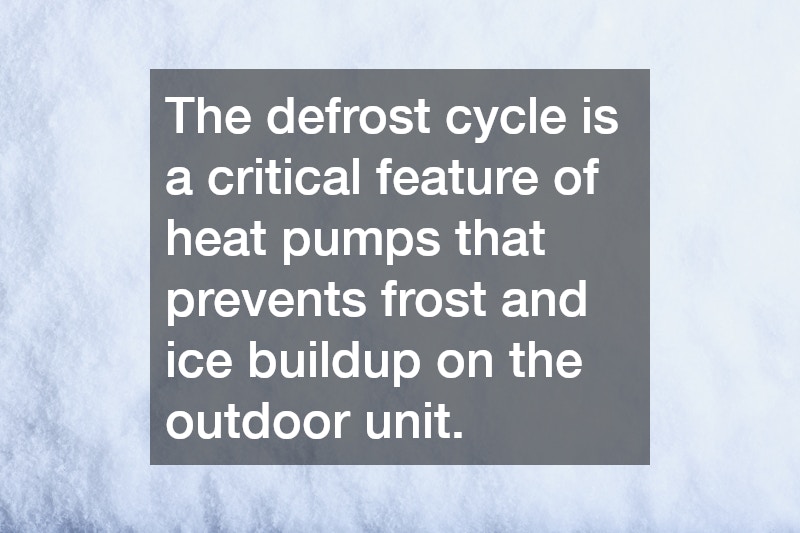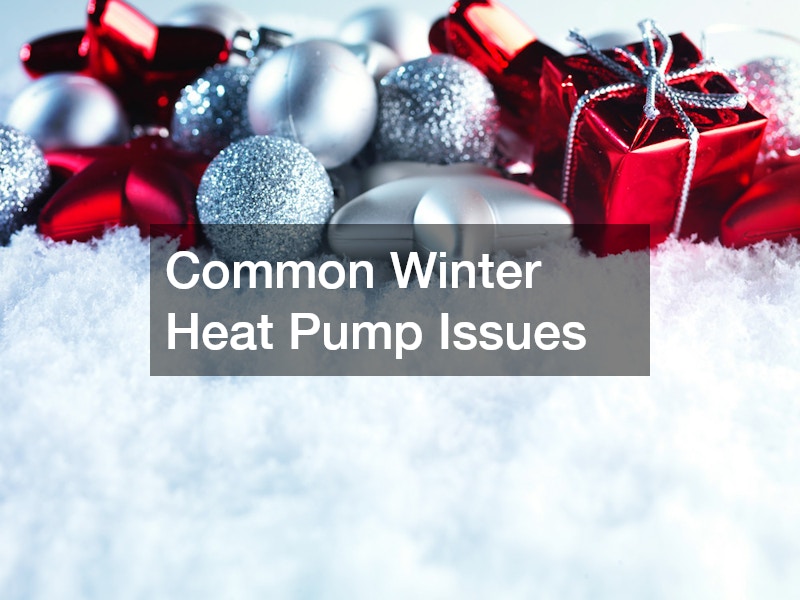
Common Winter Heat Pump Issues
Introduction
As the winter chill sets in, heat pumps become an essential component in keeping homes warm and comfortable. However, like any other technology, they can encounter challenges in the colder months. This article explores common winter issues faced by heat pump users and offers insights into addressing these problems effectively.
Why is my heat pump not blowing warm air?
Functionality During Cold Weather
Heat pumps operate by extracting heat from the outside air and transferring it indoors, which can be challenging in extremely cold temperatures. When the ambient temperature drops significantly, heat pumps may struggle to absorb enough heat to raise the indoor temperature. As a result, the air blowing from the heat pump may feel cooler than usual, leading to potential discomfort for homeowners.
In very cold weather, the efficiency of a heat pump can significantly decrease, making it less effective in maintaining a desired warmth. This inefficiency can be exacerbated by poor insulation or improper installation, further impacting performance. Therefore, understanding the limitations and operational mechanics of heat pumps in cold weather is crucial for optimizing their use during winter.
Many homeowners often use a supplementary heating source alongside their heat pumps to ensure consistent comfort. This additional heating can offset the challenges faced by the pump in colder weather, ensuring the home remains warm. Moreover, investing in regular maintenance and checking the installation quality can prevent issues related to cold-weather performance.
Defrost Cycle Issues
The defrost cycle is a critical feature of heat pumps that prevents frost and ice buildup on the outdoor unit. When this cycle malfunctions, the efficiency of the heat pump can be drastically reduced, with ice accumulation hindering normal operation. Understanding how and when the defrost cycle should function helps in diagnosing related issues.
Several factors can cause the defrost cycle to fail, such as malfunctioning sensors or circuit board issues. When the cycle is unable to activate correctly, ice buildup can occur, causing the heat pump to lose its ability to effectively transfer heat. Addressing defrost cycle issues promptly can prevent further damage and ensure a well-functioning system throughout the winter.
Homeowners can monitor their heat pump’s defrost function by observing its typical cycle timing, especially during cold spells. Consulting with a professional technician to inspect and calibrate the system can also help maintain its efficiency. Understanding the defrost cycle’s importance emphasizes the need for regular system checks and timely troubleshooting.
Thermostat Settings
Incorrect thermostat settings are a common cause of complaints about heat pumps not blowing warm air. When set incorrectly, the heat pump might not operate during optimal intervals, leading to insufficient heating. Ensuring the thermostat is correctly programmed and calibrated is vital for maintaining a comfortable indoor environment.
Many thermostats have features that are specifically designed for optimizing heat pump performance, such as choosing auxiliary heating during extreme cold. If these features are not correctly set, the heat pump’s efficiency can greatly decrease, impacting comfort levels. Understanding your thermostat’s features and capabilities is essential for optimizing heating performance.
Regularly checking and adjusting the thermostat as outdoor temperatures change can help maintain consistent home warmth. Educating homeowners about the specific settings on their thermostat can prevent unnecessary issues and extend the lifespan of their heat pump system. By ensuring settings are optimized, homeowners can reduce energy consumption and improve overall efficiency.
What should I do if my heat pump is frozen?
Identifying Frost and Ice Buildup
Identifying frost and ice buildup on a heat pump is crucial to determining potential problems early. Visible signs of light frost are normal, but heavy ice accumulation indicates malfunction. A frozen heat pump can lead to inefficient heating and further mechanical issues if not addressed.
Iced-over coils are a telltale symptom that your heat pump needs immediate attention to restore functionality. The ice obstructs airflow, causing the system to work harder, which may result in increased energy bills. Properly identifying and understanding these symptoms can help homeowners initiate timely corrective measures.
Noticing changes in the defrost cycle or excessive ice formation emphasizes the need for regular monitoring. Preventative maintenance plays a key role in minimizing frost-related issues, ensuring long-term reliability. Engaging professionals for regular inspections can aid in early detection of problematic frost buildup.
Immediate Steps to Take
When faced with a frozen heat pump, immediate action can mitigate further damage and restore functionality. Turning off the system temporarily and clearing any visible ice can help prevent further mechanical issues. Homeowners should avoid using sharp objects to remove ice, as this can damage the heat pump unit.
Running the fan-only mode can help thaw the system naturally without causing mechanical strain. Seeking professional assistance for a detailed assessment and repair is recommended if the problem persists. Addressing a frozen heat pump promptly ensures the system operates efficiently during the harsh winter months.
Understanding the steps to take when encountering a frozen heat pump can prevent extensive mechanical issues. Following a proper protocol not only restores comfort but also preserves the longevity of the system. Regular maintenance checks can also prevent frequent freezing occurrences during winter, which are common heat pump issues.
.

